Traditional Iranian sweets
Have you ever tried traditional Iranian sweets? These sweets are some of the best examples of Iranian sweets that you can buy at the best price from Iran Store.
Traditional Iranian sweets, with their unparalleled taste and aroma, are an authentic symbol of Iran’s confectionery art and culture. They are recognized not only within the country but also in global markets as a luxurious and unique product. These sweets are made using high-quality natural ingredients such as premium Kerman pistachios, Ghaenat saffron, Kashan rosewater, and natural honey.
Their quality and variety have created a special place for them in Iran’s non-oil export basket. Among the most famous types of traditional Iranian sweets are Gaz from Isfahan with a combination of mountain manna and pistachio kernels, Sohan from Qom with a crispy texture and sweet taste, layered Azerbaijani Baklava with walnut and pistachio kernels, and Naan Berenji from Kermanshah. Each of these sweets is produced using specific artisanal methods and in a completely traditional way, which adds to their export value.
Introduction to Traditional Iranian Sweets
The high quality of Iranian sweets compared to foreign counterparts like Turkish or Indian sweets is due to the use of organic raw materials and the absence of chemical preservatives. These products are offered in fully standardized and moisture-proof packaging, guaranteeing their shelf life for up to 12 months. Furthermore, traditional Iranian sweets hold international certifications such as Halal, ISO 22000, and FDA, enabling their export to countries sensitive to food standards like the UAE, Oman, China, and Russia. Given the increasing global demand for organic and healthy products, Iranian sweets are recognized as an ideal option for international traders and importers.

Traditional Iranian sweets
Traditional Iranian Sweets: A Treasure of Taste and Authenticity in the Global Market
Iran’s confectionery industry, with a history spanning several centuries, has always been recognized as one of the prominent food-craft industries in the Middle East. Traditional Iranian sweets hold a special place in global export markets not only due to their unparalleled variety but also because of the use of natural and high-quality raw materials. In recent years, the increasing demand for healthy and organic food products has created golden opportunities for Iranian exporters to increase their share of global markets.
Types of Traditional Iranian Sweets and Their Unique Characteristics
Traditional Iranian sweets are divided into two main categories: dry sweets (such as Naan Berenji, Kolompeh, and Qorabiyeh) and moist sweets (such as Baklava, Qottab, and Halva Gerdooie). Each region of Iran has its own special sweet:
- Gaz from Isfahan: This sweet is prepared with a combination of mountain manna (Gazangabin), egg white, and pistachio kernels. Due to the absence of sugar, it is also suitable for diabetics.
- Sohan from Qom: A combination of wheat flour, wheat germ, saffron, and pistachio kernels, cooked using a special method, resulting in a crispy texture and a caramel flavor.
- Azerbaijani Baklava: Thin layers of dough, walnut and pistachio kernels, and rosewater and saffron syrup make this sweet one of the most popular export products.
- Halva Ardeh from Shiraz: Made from high-quality sesame and natural honey, it is rich in iron and energy and is very popular in Persian Gulf countries.

Traditional Iranian sweets
Competitive Advantages of Iranian Sweets in Global Markets
The quality of raw materials is the main strength of Iranian sweets. For instance, the pistachios used in Isfahan Gaz are from the finest Kerman pistachios, which are not found in Turkish or Arab varieties. Moreover, the use of authentic saffron in preparing Sohan or Baklava gives the product a premium taste. Furthermore, Iranian sweets are packaged with moisture-proof and anti-oxidation technology, which preserves the product’s taste and freshness for up to 12 months. This is in contrast to many foreign competitors who use chemical preservatives to extend shelf life.
Target Export Markets for Traditional Iranian Sweets
- Arab Countries (UAE, Oman, Qatar): Given cultural similarities and similar tastes, sweets like Baklava and Halva Ardeh are very popular in these countries. International exhibitions in Dubai and Abu Dhabi offer excellent opportunities to introduce new products.
- Russia and China: The demand for luxury and healthy products is growing in these countries. Iranian saffron and pistachio sweets are well-received as souvenirs or corporate gifts.
- Turkey and Afghanistan: Geographic location and close trade relations reduce transportation costs. Naan Berenji and Kolompeh from Kermanshah have special popularity in these markets.
- Europe and America: The Iranian diaspora and an interest in exotic products have created emerging markets for export.
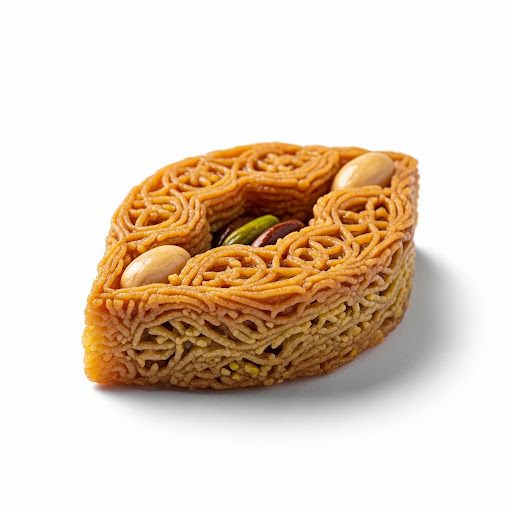
الحلويات الإيرانية التقليدية
Export Standards and Packaging
Traditional Iranian sweets, by obtaining international certifications such as HACCP, ISO 22000, and Halal, can enter even the most stringent markets. The packaging for these products is designed in weights of 500 grams, 1 kilogram, and decorative 2-kilogram boxes, and labeling in English and Arabic provides complete information on ingredients and nutritional value.
Why Choose Iran Store for Importing Traditional Sweets?
Iran Store, as the official representative of top traditional sweet producers, provides the ability to meet all importer needs under the following conditions:
- Competitive prices without intermediaries
- Variety in choosing reputable brands (such as Gaz Mozaffari, Sohan Haj Mohammad, and Baklava Azar)
- Fast shipping via air and land
- Free consultation to select the best products for your target market.
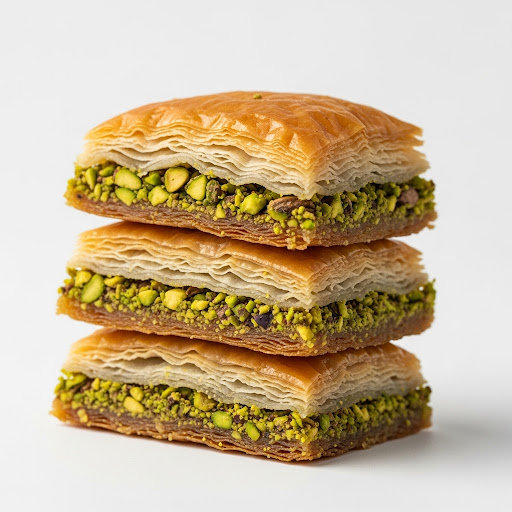
Традиционные иранские сладости
Final Word
For price inquiries, free samples, or to place an order, contact Iran Store today or fill out the request form on our website. Our experts are ready to provide customized solutions for your success in the global market!
MAECENAS IACULIS
Vestibulum curae torquent diam diam commodo parturient penatibus nunc dui adipiscing convallis bulum parturient suspendisse parturient a.Parturient in parturient scelerisque nibh lectus quam a natoque adipiscing a vestibulum hendrerit et pharetra fames nunc natoque dui.
ADIPISCING CONVALLIS BULUM
- Vestibulum penatibus nunc dui adipiscing convallis bulum parturient suspendisse.
- Abitur parturient praesent lectus quam a natoque adipiscing a vestibulum hendre.
- Diam parturient dictumst parturient scelerisque nibh lectus.
Scelerisque adipiscing bibendum sem vestibulum et in a a a purus lectus faucibus lobortis tincidunt purus lectus nisl class eros.Condimentum a et ullamcorper dictumst mus et tristique elementum nam inceptos hac parturient scelerisque vestibulum amet elit ut volutpat.



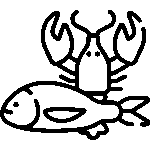
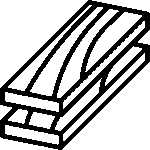


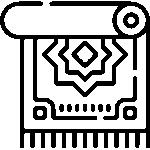



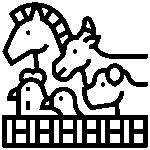
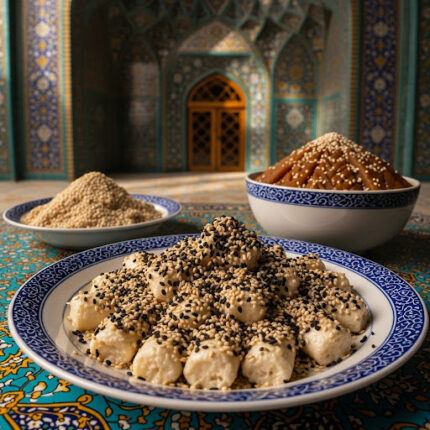
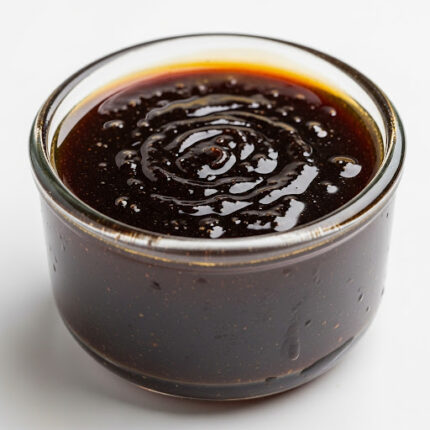
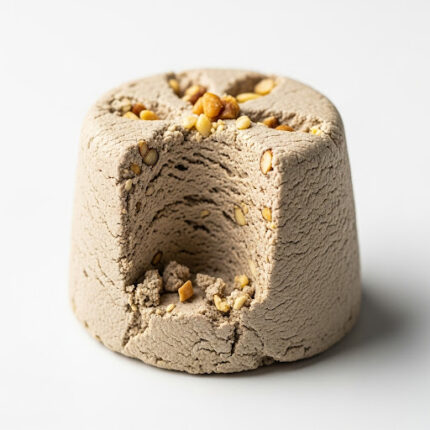
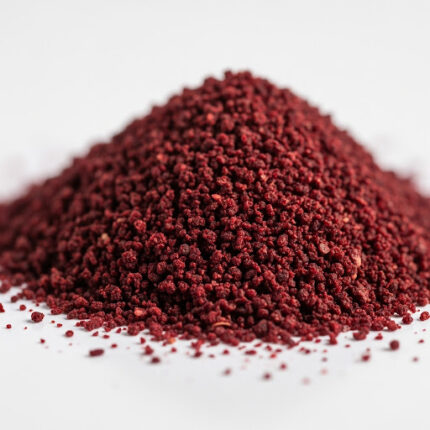
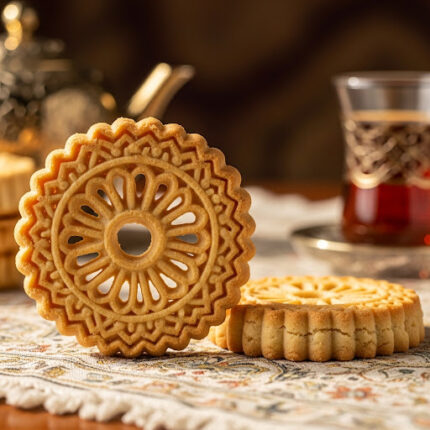
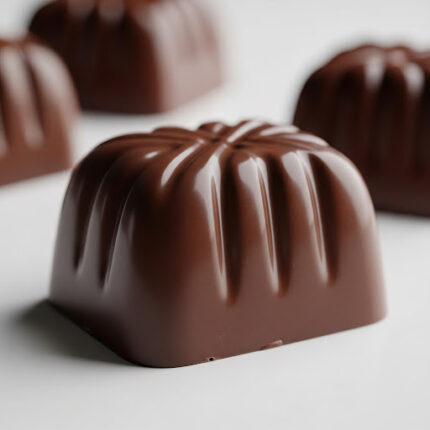
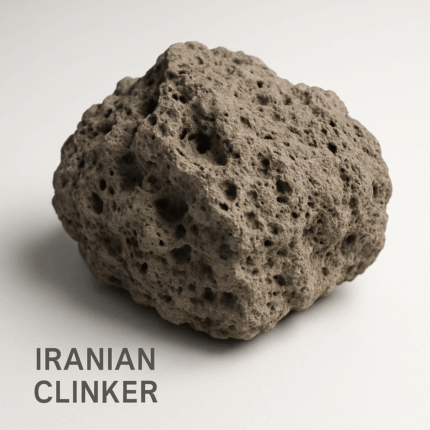

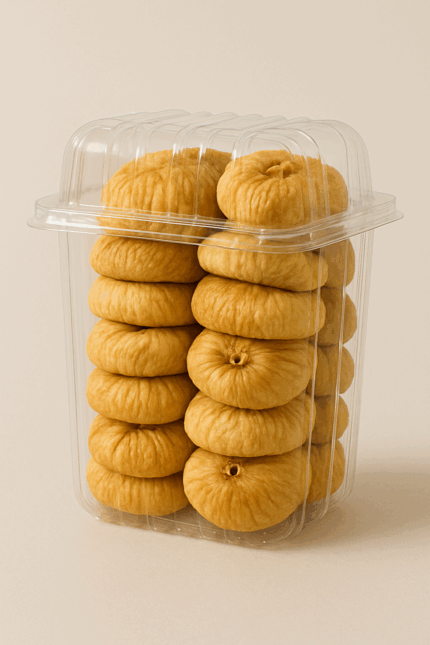



Reviews
There are no reviews yet.